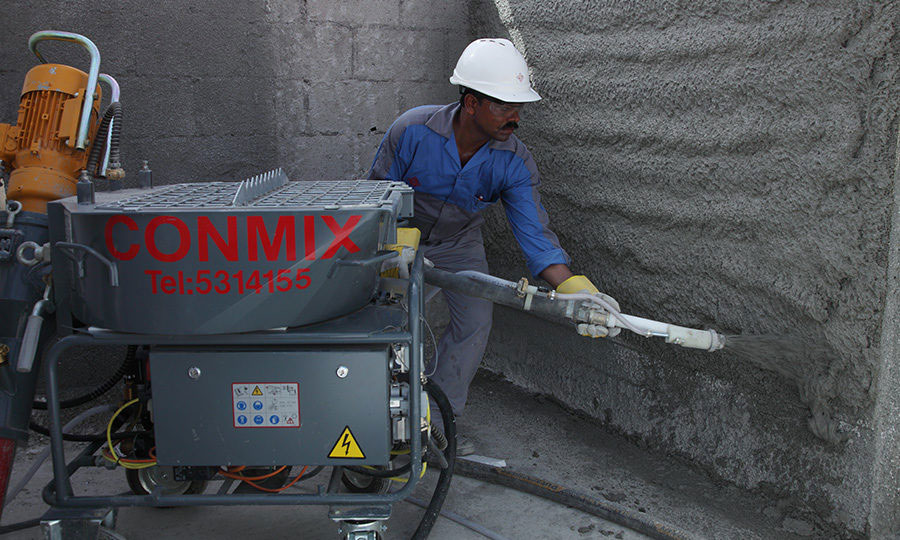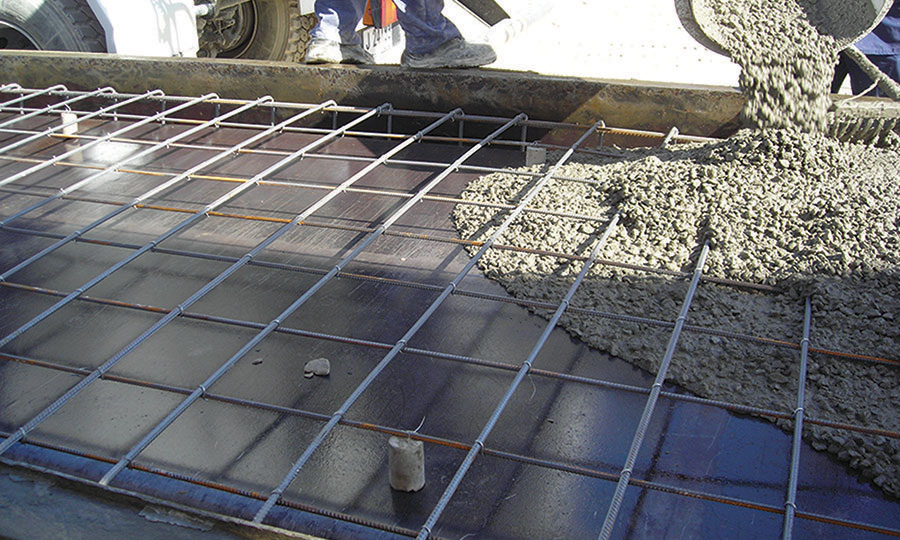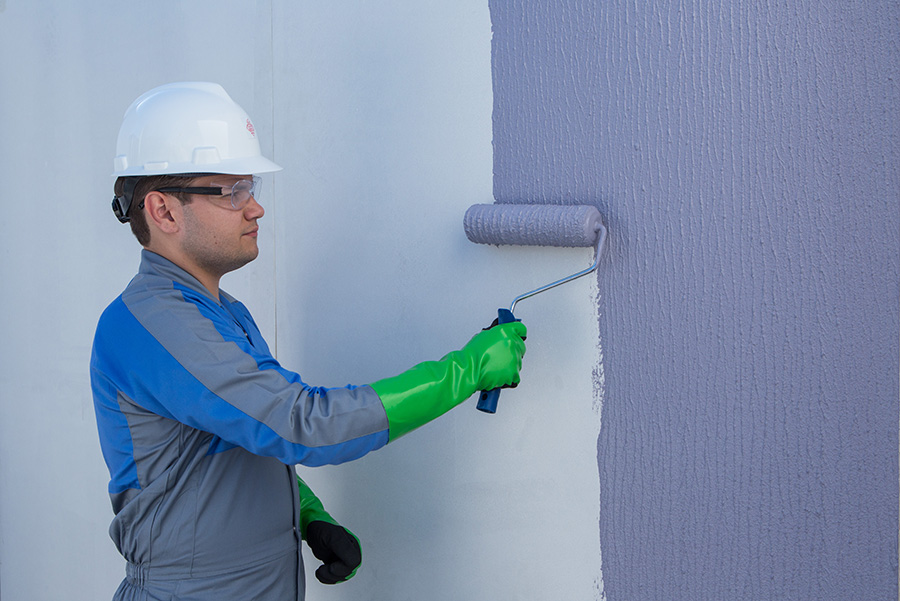Waterproofing is always playing a crucial part in building construction. It is necessary to protect structural components, buildings and installations from the penetration of water and harmful effects of wetting or seepage water. Waterproofing ensure the normal use of building/installation and protect its aesthetic and structural integrity.
There is a wide range of waterproofing products, based on the areas of application, such as: roof / terrace / balconies, wet areas (bathrooms, toilets, shower areas, kitchens, terrace gardens, swimming pools, water tanks, etc.), basement / foundation areas and many others. Let us have a look at some of the waterproofing products.
Membrane waterproofing
There are generally two types of waterproofing membranes – prefabricated sheet membranes and liquid applied membranes.
The sheet based membranes can be applied as fully bonded to the substrate or un-bonded. In both cases sheets must be overlapped about 100 mm wide and bonded to each other by adhesive or by heat welding.
The advantage of sheet based membranes is to provide highly trafficable surfaces and have insulating properties. The most common types of sheet based membranes are bitumen / polyethylene membranes, PVC and composite membranes.
Liquid applied membrane provides a fully bonded, continuous seam-free, homogenous layer with no laps or joins which is an advantage over sheet based membranes.
In general liquid applied membranes are semi-flexible / elastomeric, UV resistant, economical, and are easy to apply. One of the important characteristics of liquid membranes is its ability to breathe. Typical areas of application include wet areas, bathrooms, water storage tanks, car park decks, foundation walls, planters, roofs.
Recommended products: MoyaProof WS2 / MoyaProof HF / MoyaShield PU.
Integral waterproofing compounds
Waterproofing admixtures are pore fillers and workability agents. It blocks the capillaries in the concrete by forming an insoluble mass in the pore structure of concrete thereby preventing the passage of water. This insoluble mass resides within the concrete and forms integral part of the concrete. Typical areas of application in concrete mix include reservoirs, tunnels, culverts, water tanks, swimming pools, rafts, basement, pile foundation, etc.
Recommended products: MegaAdd WL1 / MegaAdd WL2 / MegaAdd WL3 and MegaAdd WP.
Elastomeric waterproofing coatings
Elastomeric coatings form a tough, water resistant, solar reflective, elastomeric and durable membrane. It allows the movement of the concrete members, but keeps the qualities of the membrane intact. Typical areas of application include roofs, terrace, interior walls, plasters, renders, etc.
Recommended products: MoyaShield Uflex and MoyaShield Uflex HR.
Protective coatings
A typical factor in concrete decay is carbonation, caused by Carbon Dioxide (CO2) in the atmosphere reducing the alkalinity of concrete. This in turn makes the reinforcing steel susceptible to attack by water and oxygen, causing corrosion of the steel and eventually spalling of the concrete.
Sulphates and chlorides from soil and de-icing salts may attack the concretes causing degradation. To enhance the durability of such structure or concrete member a protective coating is used to make them waterproof, sulfate, chloride and carbonation resistant.
Recommended products: MoyaShield ACC, MoyaShield BE, MoyaShield RBE and MoyaShield SBB.
Typical areas of application for Moyashield ACC: marine structures, concrete cladding, bridges, domes, car park walls and ceilings. Areas of application for MoyaShield BE/RBE/SBB: rafts, underground structure, sewage pipes, wet area waterproofing, etc.
Waterproofing adhesives / grouts for tiles, marble & granite
These are polymer based, hydraulically setting, ready to use, waterproof tile adhesive and grout. It offers advantages over the conventional method of tile fixing such as better bond and adhesion, strength, faster work and good waterproofing quality. Typical areas of application: tiling in bathrooms and wet areas.
Recommended products: TiLex LM, TiLex LM (HS), Tilex LM (TB) and TiLex Grout LM.
Waterstops
PVC Waterstops are intended to prevent the passages of water when embedded in and running continuously through concrete joints. These are installed in expansion & construction joints.
Recommended product: MoyaStop PVC.
Silicon based water repellent materials
Clear silicon based water repelling agents, used in most monumental stone buildings, stone claddings, designer brick walls and heritage buildings so that original look of the stone/masonry is maintained, while making it waterproof. These products penetrate into the substrate and form a chemical bond with it, thus preventing water absorption and giving a dew drop effect. Typical areas of application includes stone claddings, coloured plasters, concrete surface, decorative brick surfaces, parking decks, etc.
Injection grout for cracks
Injection grouting is one of the widely used methods for stopping the leakages in dames, basements, swimming pools, construction joints and even in the leaking roofs.
Recommended products: ReCon PUR, ReCon PUF and ReCon LVE.





